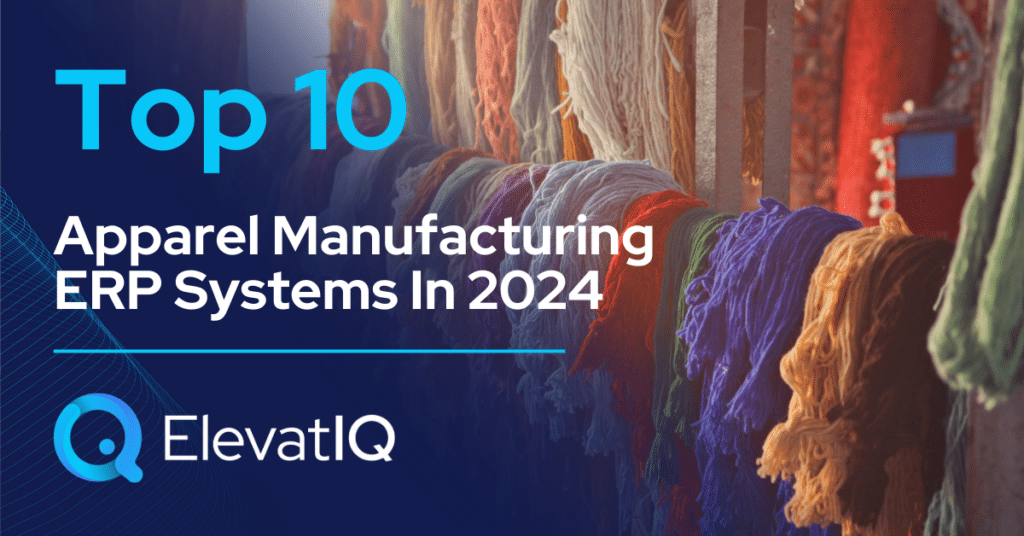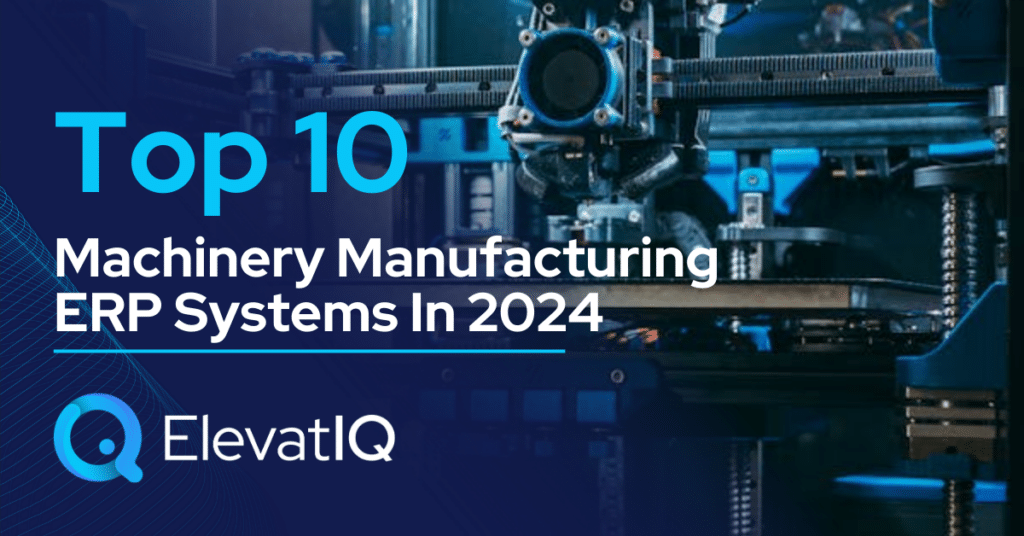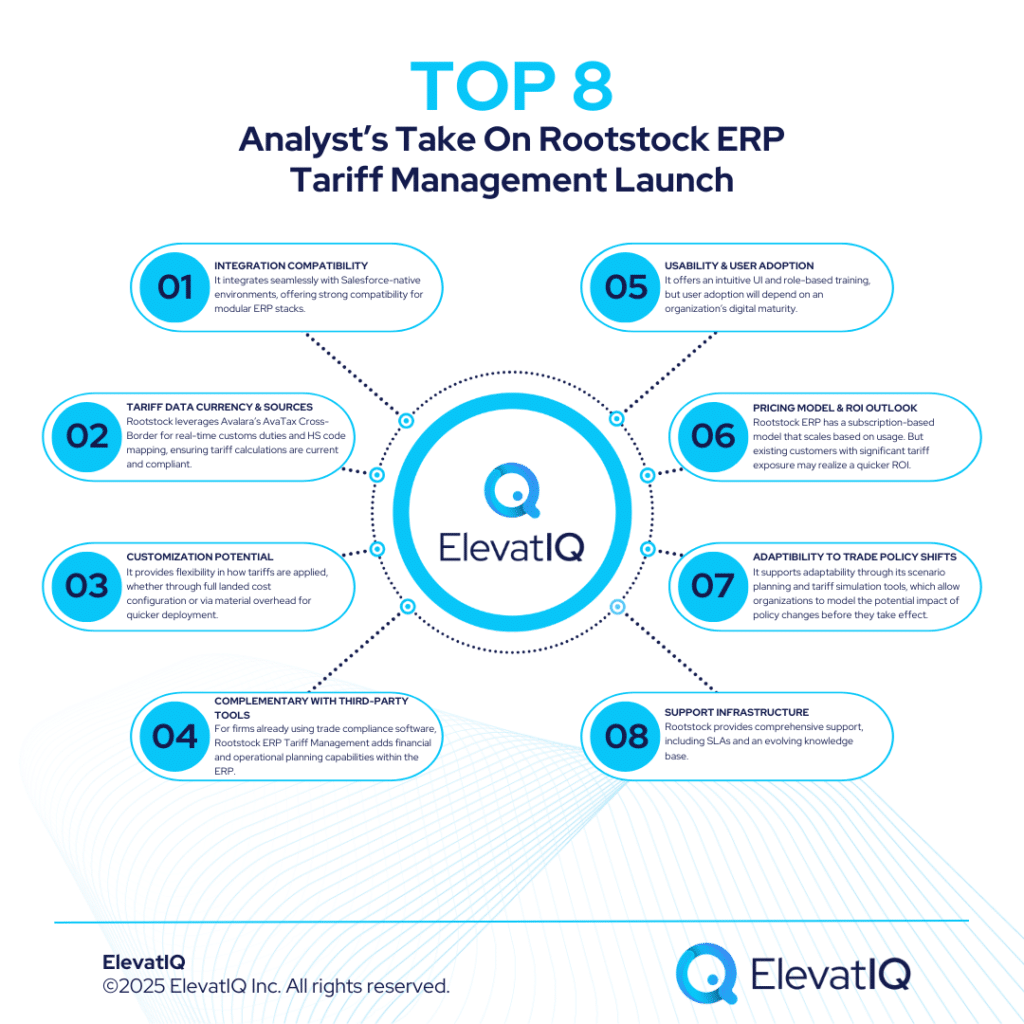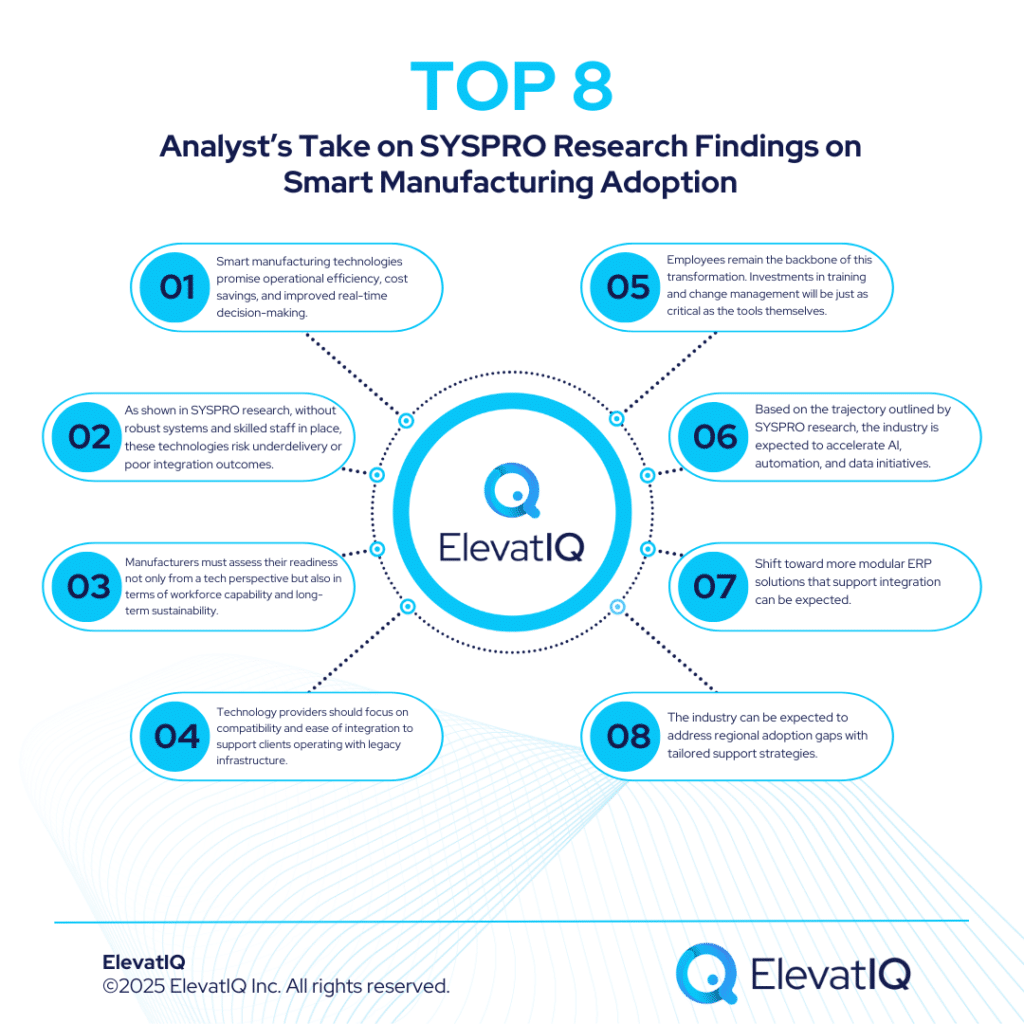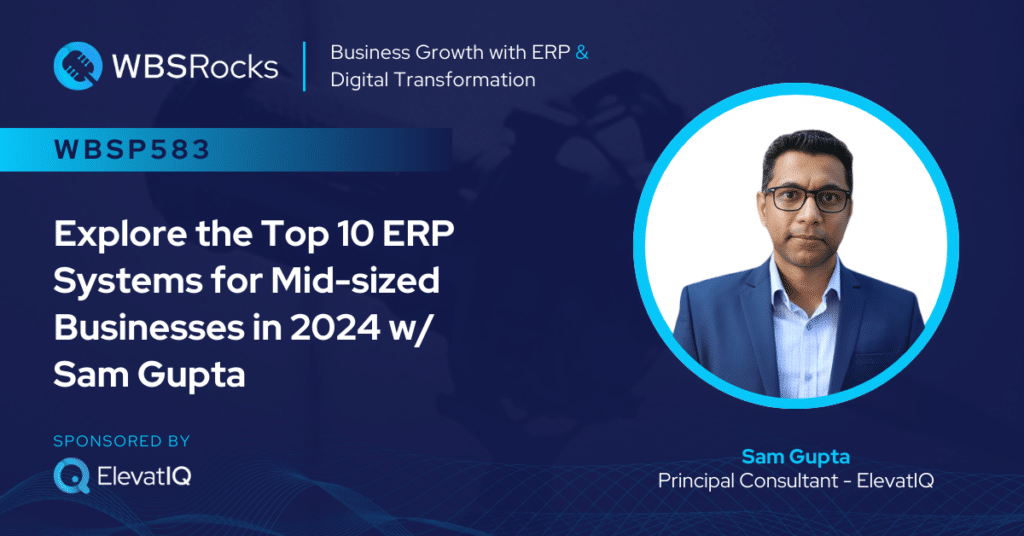Last Updated on December 28, 2024 by Sam Gupta
Manufacturing is difficult. And if you are in an ETO manufacturing (Engineered-to-order) business, the process is even more difficult. You don’t have the luxury of producing the same commoditized products as MTS (Make-to-stock) manufacturers. Due to the heavy engineering involved, your products may not be as simple as a repeatable job in the case of MTO (Make-to-order) manufacturers.
As an ETO manufacturer, if you’re fortunate enough to be in highly differentiated sub-industries, you may enjoy sufficient margins. Examples of such industries include Industrial Automation or Machinery. In these industries, process efficiency might not be a primary concern. However, if you’re in a highly competitive market with shrinking margins, it’s crucial to find ways to reduce costs and increase profits. This is especially true if your sales have stagnated or you’ve reached market saturation.

Why is ETO manufacturing so common?
Are you in an industry with a strong focus on design, such as engine or aircraft manufacturing? In such cases, you might not have much flexibility due to the lack of standardization between projects. While efficiencies can still be achieved in these industries, this article is focused on sectors where companies tend to overuse ETO practices. This is still true even though some of these manufacturers could adopt CTO (Configured-to-order) instead.
The drivers for ETO manufacturing
One reason could be that ETO manufacturers initially lacked a strong product background. They started out as contract manufacturers or engineering shops, maintaining that model. Over time, they became too large to even consider changing their business model, supply chain, or production processes. Another reason might be that this approach has traditionally been the norm in the industry, with most companies simply following suit. Additionally, there could have been historical technical limitations. The limitations were these businesses needed to support highly configurable products, which influenced their operational choices.

Is consumer demand a factor?
Historically, consumer demands have driven the need for product configuration. For instance, in industries like window and door manufacturing, furniture, and certain equipment sectors, configure-to-order has typically been the approach. This is because their sales teams needed configurable options to provide accurate quotes.
In contrast, industries like sign manufacturing, fireplaces, or more commoditized sectors operate differently. In these cases, consumer demand may not drive product configurations. As a result, these businesses tend to operate as ETOs by default, even though their products may not be as highly engineered and could be produced in a more modular fashion.
Do ETO organizations consider them as a manufacturing business?
When we spoke with a team at a robotic industrial process automation manufacturer in Hamilton, Ontario, and referred to them as a manufacturing business, they didn’t respond well. They saw themselves as a cutting-edge technology shop that managed client projects. In a similar conversation with the VP of Operations at a sign manufacturer in Toronto, they shared a similar perspective. When we suggested a few ways to simplify their processes, they struggled to relate to any product terms. They thought in terms of orders and jobs, unable to see any commonalities between the two orders that could drive a transformation of their business model. This was because the business had been operating with an ETO mindset since its inception.
Although they had BOMs, they struggled to visualize the modeling of products. They didn’t consider themselves a manufacturing business, believing their processes were uniquely different. This is a challenge often discussed in business school case studies when trying to shift a service organization into a product-driven one. Such transformation efforts require a shift in mindset, which is typically one of the most difficult challenges to overcome within an organization.
Although we initially struggled, once we started thinking about Lego blocks, they began to relate. We realized that with some variations, we could develop repeatable processes supported by configurable variants. This shift in mindset required them to think about modularization as a two-step—or even multi-step—process. First, they could prepare and inventory the base modules, then manufacture the remaining modules and assemble them with the base components.

The benefits of business model transformation
This change of mindset could bring, as it did for the organizations discussed above, several benefits outlined below:
- Faster time-to-market: Reducing preparation time helps customers get their orders faster due to reduced lead time. This could be a huge edge over your competitors. Also, in the case of businesses such as sign manufacturing, faster time-to-market is of paramount importance as time-based triggers drive the demand, such as remodeling or rebranding of a facility.
- Highly personalized products: This change also allows you to enable personalization aspects of your products, such as walking your customers through a configurable virtual product portal that helps them visualize their selections before they can place the order. This would not be possible with ETO, which has limited (otherwise expensive) options for your sales demonstrations, primarily based on case studies or brochures. Product configurators could be a highly effective tool for your sales and marketing teams.
- Fewer Mistakes: Since we have separated the process of making a base from the rest, there will be fewer mistakes as base-making is standardized and repeated.
- Improved Quality: Repeated processes help identify trends for improvement, and consistent processes enable better process control. This results in superior products.
- Financially Efficient: the tendency to engineer every order from scratch can create a culture of duplication and inefficiency, which can be eliminated through standardization. Streamlining these processes helps with reduced costs.
- Product Strategy: typically in ETO organizations, it’s very hard to find which projects are profitable and which are not. It’s also hard to extract data to do financial analysis. Repeatable modules allow you to do better planning and analysis of financial data.
ETO manufacturing with CTO
Also, just because you can convert some or all of your products to CTO doesn’t mean that you will stop taking ETO orders. Your sales process based on CTO would help your clients visualize and have more confidence in the customizations they might need. This will not only reduce the risk for them, but they will also have more confidence in doing business with you. Finally, as you accept more customizations, you will be able to evolve your configuration options and product strategy.
While the change in mindset is the first step to taking advantage of this transformation, you will need a system that can support the changed processes; otherwise, it may be harder to enforce. Depending upon the level of configurations required, a suitable modern ERP system that is designed to support hybrid and mixed-mode manufacturing while integrating with your CAD system will allow you to enable such transformation in your organization.

Conclusion
ETO manufacturers can take advantage of several opportunities, especially now that modern ERP allows you to have complex business models and transform business processes, but the first step starts with changing the mindset and taking baby steps as you ramp up for your large transformation efforts.
When you are ready, at least think about different opportunities you may be able to tap into because of advancements in technology. You just need to call an independent ERP consultant such as ElevatIQ to learn the options available to you at any given time.



